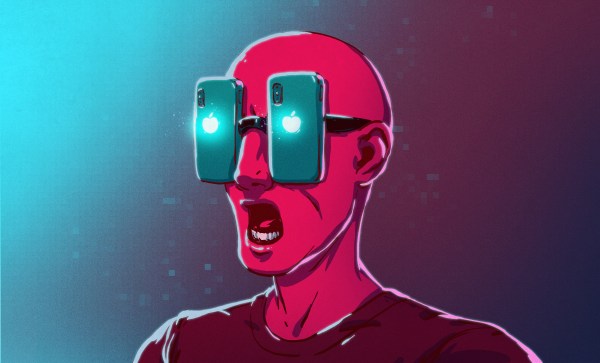It’s official: smartphone-based VR is dead. The two big players in this space were Samsung Gear VR (powered by Oculus, which is owned by Facebook) and Google Daydream. Both have called it quits, with Google omitting support from their newer phones and Oculus confirming that the Gear VR has reached the end of its road. Things aren’t entirely shut down quite yet, but when it does it will sure leave a lot of empty headsets laying around. These things exist in the millions, but did anyone really use phone-based VR? Are any of you sad to see it go?

In case you’re unfamiliar with phone-based VR, this is how it works: the user drops their smartphone into a headset, puts it on their head, and optionally uses a wireless controller to interact with things. The smartphone takes care of tracking motion and displaying 3D content while the headset itself takes care of the optics and holds everything in front of the user’s eyeballs. On the low end was Google Cardboard and on the higher end was Daydream and Gear VR. It works, and is both cheap and portable, so what happened?
In short, phone-based VR had constraints that limited just how far it could go when it came to delivering a VR experience, and these constraints kept it from being viable in the long run. Here are some of the reasons smartphone-based VR hit the end of the road: Continue reading “Ask Hackaday: Is Anyone Sad Phone VR Is Dead?”











